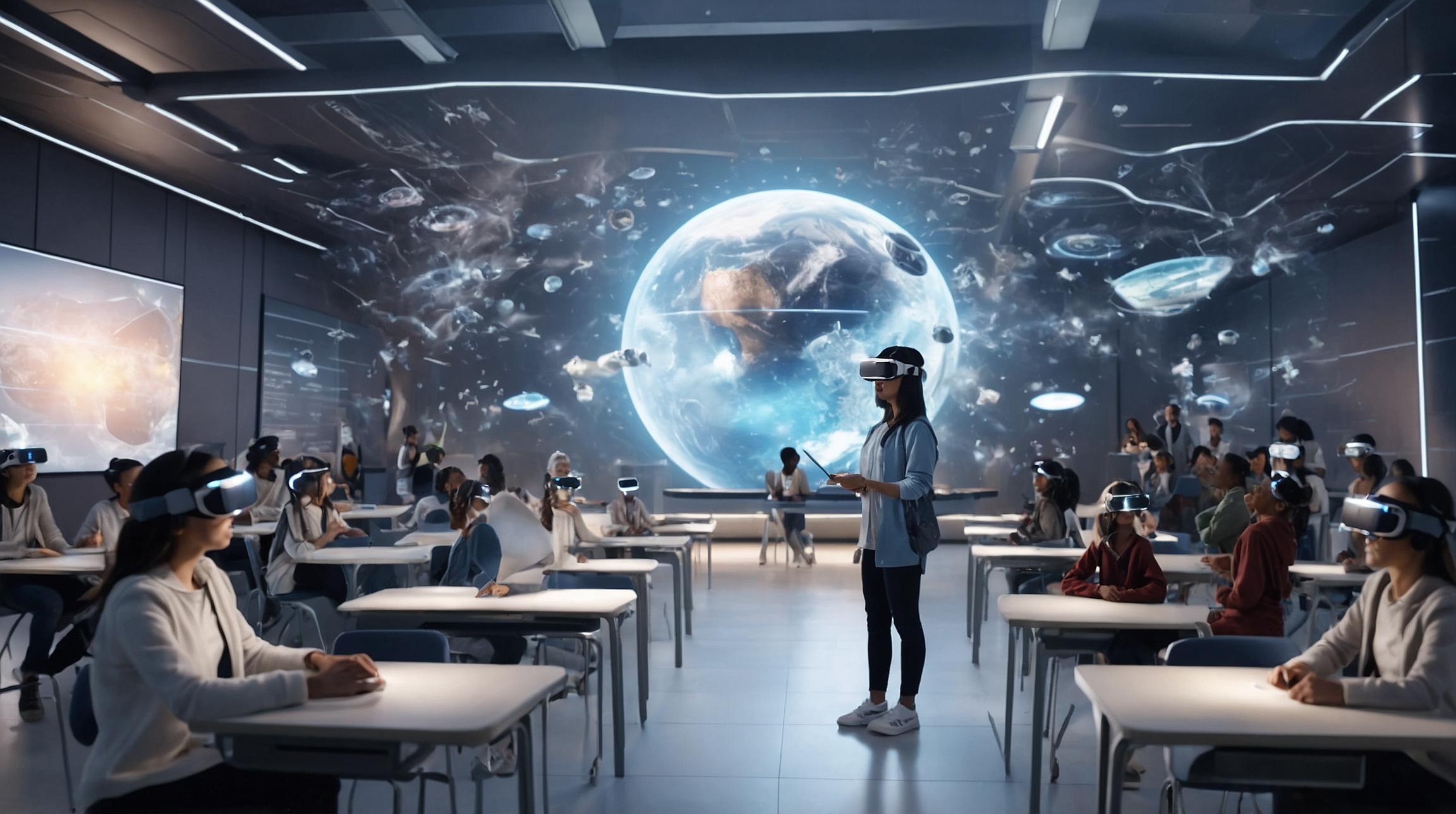Revolutionizing Surgical Precision with Mixed Reality Technology
In a groundbreaking advancement for surgical procedures, Dr. Nathan Richardson and Dr. Ben Allen, orthopedic surgeons at Bingham Healthcare in Idaho, have introduced the Blueprint Mixed Reality (MR) Guidance System by Stryker. This cutting-edge technology allows them to visualize a holographic three-dimensional (3D) image of their surgical plan, making them pioneers in the United States—only six other doctors currently utilize this system.
From Planning to Execution: Bridging the Gap
Traditionally, surgeons use a CAT scan to analyze the deformities they need to operate on, providing them with a comprehensive image. The new process involves sending this scan to Stryker's engineers, who create a 3D planning program. This means the surgeons can now view their surgical plans in real-time using the Microsoft HoloLens 2, much like Tony Stark in the Iron Man films, enhancing both preparation and execution.
Enhanced Surgical Accuracy and Feedback
Dr. Richardson emphasizes the evolutionary nature of this technology over past methods. While earlier practices relied heavily on the surgeon's ability to translate plans from static images to physical execution, the Stryker system offers immediate feedback on surgical performance. As Richardson notes, the system alerts surgeons if they deviate even slightly from the plan, ensuring greater accuracy and reliability.
Customized Patient Care
The MR system also supports tailored surgical plans for each patient. Dr. Allen highlights the tool's capability to adapt to individual needs, providing assurance and confidence during surgery. This customized approach not only reinforces the surgeon's plan but also optimizes the likelihood of successful outcomes.
Technological Support, Not Dependence
Despite the system's capabilities, both doctors stress the importance of traditional surgical skills. Dr. Allen assures that while the MR system is a significant aid, it is not indispensable. If technology fails, the surgeons can still perform effectively, underscoring the system's role as an enhancement rather than a necessity.
Promising Future for Surgical Outcomes
The introduction of this MR technology is a promising step forward in medical technology, with Dr. Richardson affirming that increased accuracy directly correlates with better functional results for patients. This technological innovation marks a new chapter in surgical precision, potentially setting a new standard for operations worldwide.













